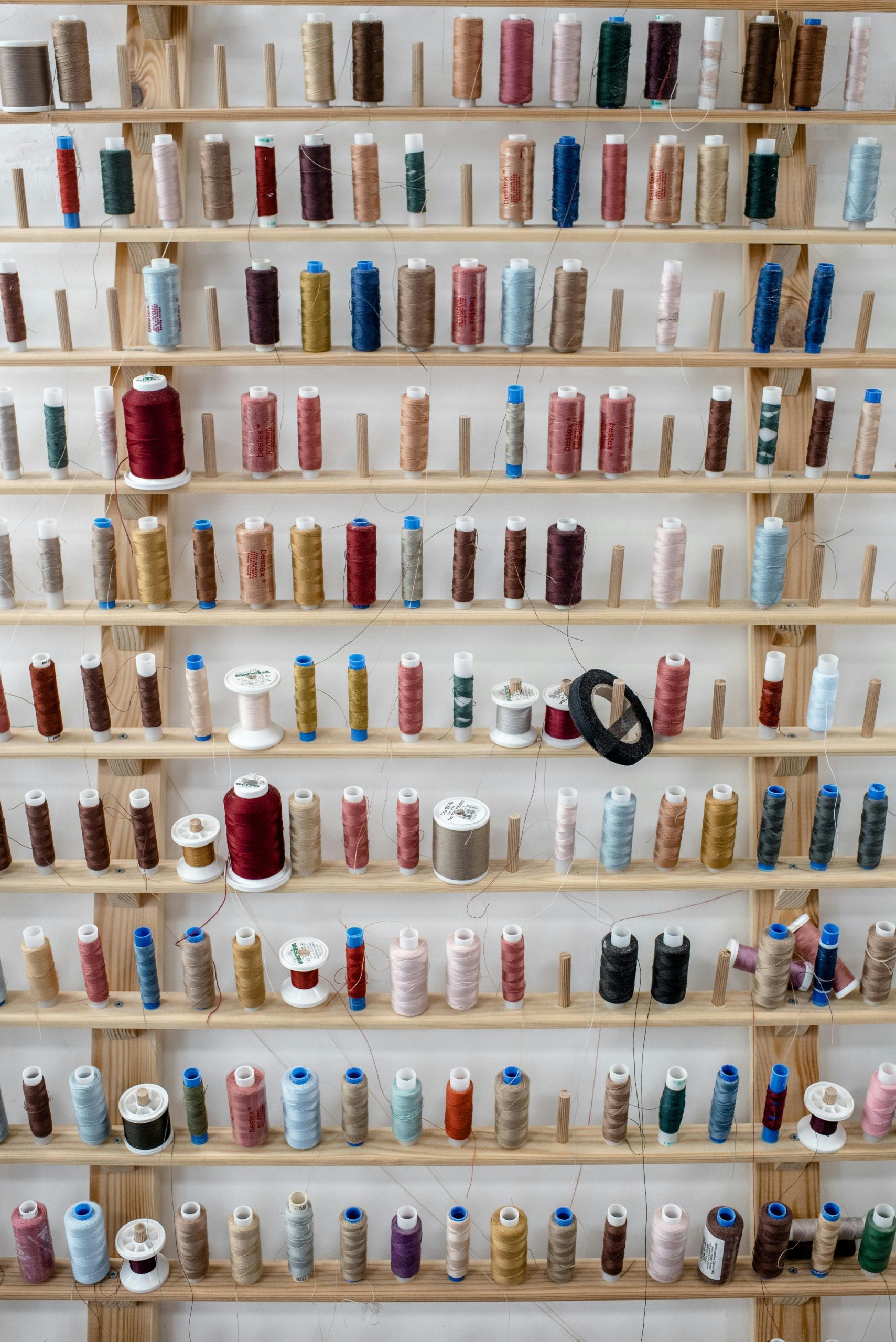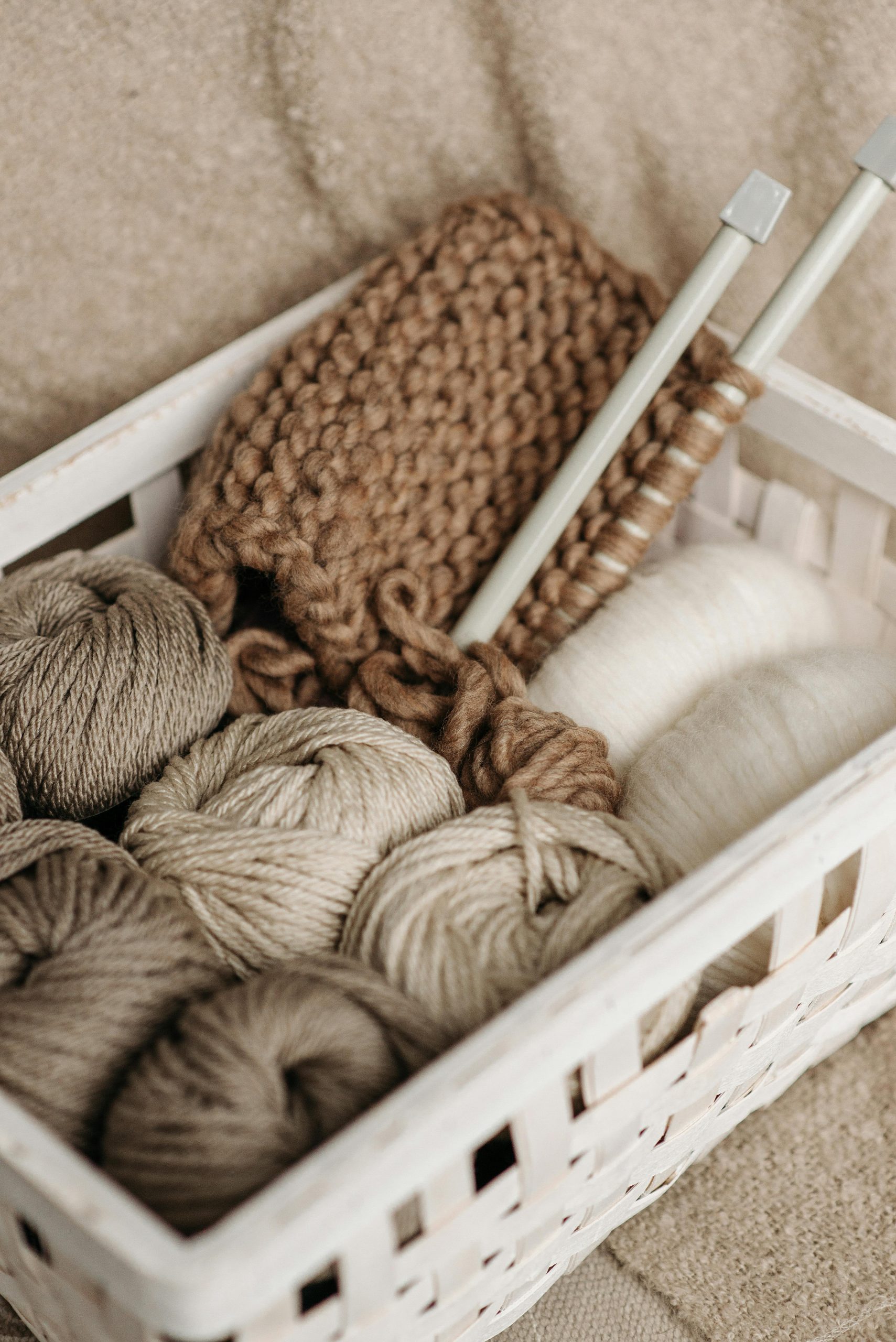A smooth and quiet sewing machine is essential for a pleasant sewing experience. However, if your sewing machine is making clunky or noisy sounds, it can be frustrating and may indicate an underlying issue. In this article, we will explore the possible reasons why your sewing machine sounds clunky and provide insights into troubleshooting and resolving these problems. Understanding the causes of clunky sounds can help you maintain and optimize your sewing machine’s performance.

1. Lack of Lubrication
One common reason for a clunky sewing machine is insufficient lubrication. Sewing machines have various moving parts that require lubrication to operate smoothly. Over time, the oil or lubricant applied to these components may dry up or become dirty, resulting in increased friction and clunky sounds. Here are some key points to consider regarding lack of lubrication:
- Regular Maintenance: Sewing machines should be regularly maintained, including applying lubrication to the designated areas. Consult your sewing machine’s manual for specific instructions on lubrication points and the type of oil or lubricant to use.
- Proper Application: When lubricating your sewing machine, ensure that you apply the oil or lubricant sparingly and precisely to the recommended areas. Excessive lubrication can attract dust and lint, leading to additional problems.
- Timing: It is important to lubricate your sewing machine at appropriate intervals. As a general guideline, lubrication is recommended after a certain number of hours of sewing or according to the manufacturer’s guidelines.
- Cleaning: Before applying lubrication, it is advisable to clean the machine’s moving parts, such as the hook race, shuttle, or feed dogs, to remove any accumulated debris or lint that may hinder smooth operation.

2. Loose Parts or Misalignment
A clunky sound can also result from loose parts or misalignment within the sewing machine. Vibrations during sewing or accidental mishandling can cause various components to become loose or out of alignment, leading to disruptive noises. Here are some key points to consider regarding loose parts or misalignment:
- Inspecting and Tightening: Regularly inspect your sewing machine for loose screws, bolts, or other fasteners. Use appropriate tools to carefully tighten any loose parts, ensuring you do not overtighten or damage delicate components.
- Checking Needle Alignment: A misaligned needle can cause clunky sounds and affect stitch quality. Check if the needle is correctly aligned and properly inserted. If misalignment is detected, consult your sewing machine’s manual for instructions on adjusting the needle position.
- Bobbin Case and Hook Assembly: The bobbin case and hook assembly are critical components for stitch formation. If these parts are misaligned or improperly inserted, they can produce clunky sounds and disrupt the sewing process. Ensure that the bobbin case is correctly positioned, and the hook assembly is properly installed.
- Professional Servicing: If you are unsure about addressing loose parts or misalignment issues, it is recommended to seek professional servicing. A qualified technician can diagnose and rectify the problem, ensuring the sewing machine operates smoothly and quietly.

3. Thread Jam or Tension Issues
A clunky sound may occur when there is a thread jam or tension-related problem in the sewing machine. Improper threading, tangled threads, or incorrect tension settings can lead to irregular feeding and create disruptive noises. Here are some key points to consider regarding thread jams or tension issues:
- Threading: Ensure that you have correctly threaded your sewing machine, following the threading path as indicated in the manual. Improper threading can cause the thread to get caught and result in clunky sounds.
- Bobbin Winding: Improperly wound bobbins can lead to thread jams and affect the machine’s performance. Make sure the bobbin is evenly wound and correctly inserted into the bobbin case.
- Tension Adjustment: Incorrect tension settings can cause the thread to pull unevenly, leading to clunky sounds. Experiment with adjusting the tension dial to achieve balanced and consistent stitches. Refer to your sewing machine’s manual for guidance on tension adjustment.
- Clean the Thread Path: Regularly clean the thread path, including the tension discs, thread guides, and the bobbin area. Accumulated dust, lint, or thread fragments can obstruct the thread’s movement and contribute to clunky sounds and thread jams.

4. Worn or Damaged Components
Clunky sounds in a sewing machine can also be attributed to worn or damaged components. With prolonged use, certain parts of the machine may experience wear and tear, resulting in noisy operation. Here are some key points to consider regarding worn or damaged components:
- Needles: Needles are subjected to constant friction and can become dull or bent over time. Replace the needle regularly to ensure smooth stitching and prevent clunky sounds.
- Belts: Sewing machines often utilize belts to transfer power between the motor and other moving parts. If the belts are worn or loose, they can cause clunky sounds. Check the belts for signs of wear and replace them if necessary.
- Bobbin Case: The bobbin case can wear out or get damaged due to frequent use. Inspect the bobbin case for any signs of wear, such as rough edges or burrs. If damaged, replace the bobbin case to maintain smooth operation.
- Motor: A malfunctioning or aging motor can produce clunky sounds. If you suspect an issue with the motor, it is advisable to consult a professional technician for diagnosis and repair.
Conclusion
A clunky sewing machine can disrupt your sewing experience and indicate underlying issues that require attention. By understanding the potential causes of clunky sounds, such as lack of lubrication, loose parts or misalignment, thread jams or tension issues, and worn or damaged components, you can troubleshoot and address these problems effectively. Regular maintenance, proper threading, lubrication, and timely replacement of worn parts can help ensure a smooth and quiet sewing machine. If you encounter persistent clunky sounds or are unsure about resolving the issue, it is recommended to consult a professional technician for further assistance.
Leave a Reply